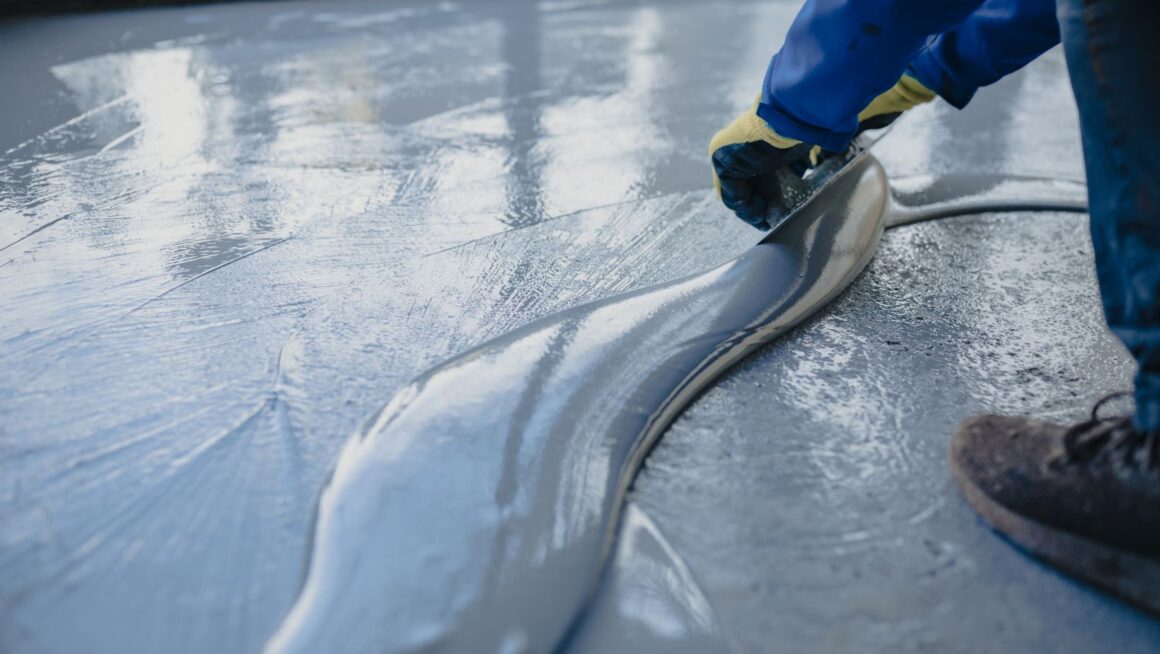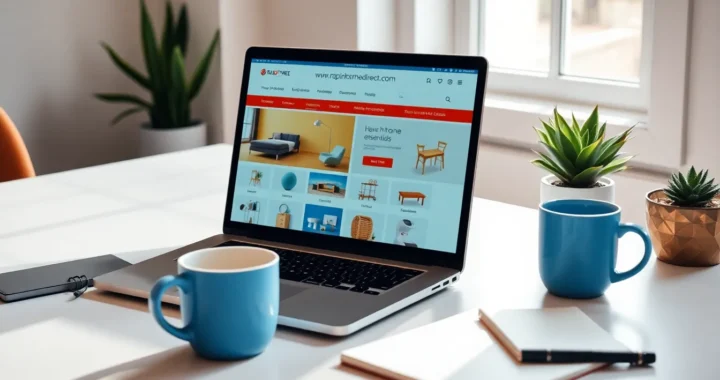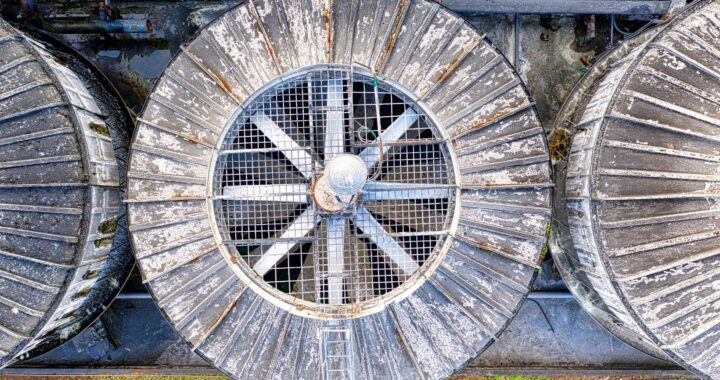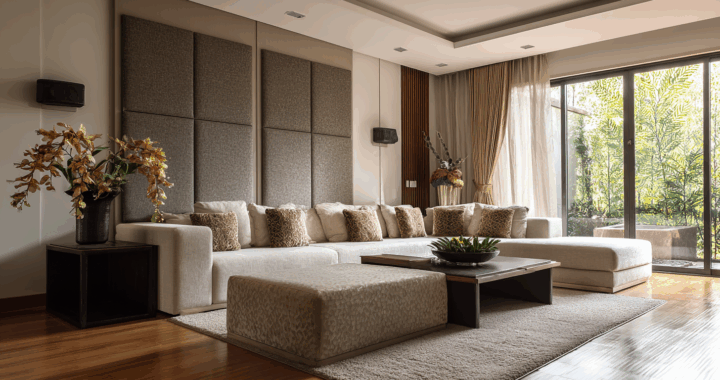Interior Design Tips for Epoxy Floors

Stylish epoxy flooring combines durability with design flexibility, making it ideal for Canadian homes. From decorative flake finishes to UV-stable metallics, epoxy floor design adapts to high-traffic zones and moisture-prone areas. Proper installation ensures long-term resilience against seasonal shifts. Whether enhancing a garage or living space, epoxy flooring ideas prioritize both aesthetics and performance – creating seamless, low-maintenance surfaces that age gracefully.
Table of Contents
- Epoxy Floor Design: Choosing Patterns That Suit Canadian Interiors
- Decorative Epoxy Floors: Balancing Aesthetics and Durability in Canadian Homes
- Epoxy Floor Interior Integration: Matching Floors With Walls, Furniture, and Lighting
- Stylish Epoxy Flooring: Final Considerations for Lasting Impact
Epoxy floors have evolved far beyond industrial utility – today, they’re a cornerstone of stylish epoxy flooring in modern Canadian homes. With seamless finishes, customizable textures, and remarkable resilience, epoxy transforms basements, garages, and living spaces into visually cohesive, low-maintenance environments.
Homeowners seeking durable, design-forward solutions often turn to experienced epoxy coating companies to achieve flawless, long-lasting results. The key lies not just in choosing a pattern – but in understanding how material, climate, and craftsmanship shape the final outcome.
Epoxy Floor Design: Choosing Patterns That Suit Canadian Interiors
Selecting the right epoxy floor design begins with understanding how pattern, texture, and tone interact with the functional and aesthetic demands of Canadian living spaces. Whether renovating a basement rec room or upgrading a home workshop, the visual rhythm of your floor should complement – not compete with – your interior’s existing character.
How Climate and Lifestyle Influence Epoxy Pattern Selection
Canada’s seasonal extremes and active household lifestyles require flooring that balances beauty with resilience. High-contrast or busy patterns may distract in smaller, dimly lit spaces common in older homes, while subtle metallic or low-sheen flake finishes can enhance depth without overwhelming the eye. Consider these factors:
- Matte or satin finishes reduce glare in sun-drenched rooms, especially during long summer days.
- Larger flake sizes or linear metallic swirls visually expand narrow or low-ceilinged areas.
- Neutral base tones with warm undertones – think greys with taupe or charcoal with bronze – harmonize with popular Canadian wood and stone finishes.
Matching Design Scale to Room Function
Not every space calls for the same visual weight. A mudroom or utility area benefits from a busier, speckled decorative epoxy floor that masks tracked-in dirt and wear. In contrast, open-concept living areas favour cohesive, minimalist designs that flow seamlessly into adjacent flooring or cabinetry.
- High-traffic zones: Opt for medium-to-large flake systems that diffuse scuffs and scratches
- Entertaining spaces: Metallic or pearlescent finishes add dimension without visual clutter
- Workspaces: Monochromatic or lightly speckled bases support focus and reduce visual fatigue
Ultimately, the most successful epoxy floor design doesn’t shout for attention – it supports the room’s purpose, enhances its light, and ages gracefully alongside the life lived above it.
Decorative Epoxy Floors: Balancing Aesthetics and Durability in Canadian Homes
Decorative epoxy floors offer more than visual appeal – they represent a convergence of artistry and engineering, where pigment, texture, and chemistry collaborate to create surfaces that endure Canadian winters, active households, and evolving design trends. The challenge lies not in choosing the boldest pattern, but in selecting a system that retains its integrity – and beauty – under real-world conditions.
The Science Behind Lasting Visual Impact
A decorative finish is only as good as its foundational layers. In Canadian homes, where concrete substrates may experience freeze-thaw movement or moisture migration, the bond between primer, colour coat, and topcoat in epoxy flooring ideas must remain unbroken.
- Flake size affects both aesthetics and function: smaller flakes offer uniform texture; larger flakes create bold contrast but may require thicker topcoats for smoothness.
- Metallic and pearlescent pigments reflect light differently based on viewing angle – ideal for adding dimension to flat, monotonous spaces.
- UV-stable polyaspartic topcoats preserve colour vibrancy near windows or glass doors, preventing the yellowing common with older epoxy systems.
Design Longevity vs. Trend Chasing
While it’s tempting to replicate viral “Instagrammable” floors, timeless design often wins in residential settings. Neutral palettes with subtle texture – warm greys with bronze flake, soft whites with translucent pearl – adapt more gracefully to furniture changes, wall colour updates, or resale scenarios. Bolder choices, like deep navy with silver flake or charcoal with copper swirl, work best in contained zones: home gyms, media rooms, or powder rooms.
- Avoid over-saturating small spaces with high-contrast patterns – they can feel visually noisy.
- Use accent zones (e.g., around a kitchen island or beneath a dining table) to introduce drama without overwhelming the room.
- Matte or satin finishes reduce glare and hide micro-scratches better than high-gloss in sunlit areas.
In Canadian homes, where practicality and beauty must coexist, the most successful decorative epoxy floors are those designed with foresight – not just for how they look today, but how they’ll live tomorrow.
Epoxy Floor Interior Integration: Matching Floors With Walls, Furniture, and Lighting
An epoxy floor interior should never exist in isolation – its true impact emerges when it harmonizes with surrounding surfaces, furnishings, and ambient light. In Canadian homes, where natural light varies dramatically by season and architectural styles range from heritage brick to modern minimalist, thoughtful integration ensures your floor enhances – rather than clashes with – its environment.
Colour Theory in Practice: Creating Visual Flow
Epoxy’s customizability is its greatest strength, but without strategic colour pairing, even the most stylish epoxy flooring can feel disjointed. Begin by identifying the dominant undertones in your walls, cabinetry, or large furniture pieces. Cool greys and blues pair elegantly with metallic silver or graphite flake systems, while warm wood tones and beige walls call for bronze, copper, or amber-infused finishes.
- Use the 60-30-10 rule: 60% dominant wall/ceiling tone, 30% secondary (furniture or cabinetry), 10% accent (floor or decor) – let your epoxy serve as the grounding accent.
- Avoid matching floor colour exactly to cabinetry or countertops – subtle contrast adds depth.
- In open-concept layouts, carry a unifying hue – like a fleck of taupe or charcoal – from floor through to trim or built-ins for cohesion.
Texture and Sheen: Balancing Reflection and Function
The finish of your epoxy floor interior directly affects how light behaves in the space. High-gloss coatings amplify brightness in dim basements but can create glare under recessed lighting. Matte or satin topcoats diffuse light softly, ideal for media rooms or bedrooms. Textured flake systems add tactile interest while reducing slip risk – a practical advantage in entryways or near kitchen sinks.
- In rooms with abundant natural light, opt for UV-stable polyaspartic topcoats to prevent yellowing and maintain colour integrity.
- Pair high-sheen floors with matte wall finishes to avoid visual overload.
- Use directional lighting (track or pendant) to highlight metallic or pearlescent effects without creating hot spots.
Furniture and Layout: Designing Around the Floor
Heavy, dark furniture can visually “anchor” a light-toned epoxy floor, while minimalist or mid-century pieces float elegantly over busier flake patterns. Consider scale: large-format rugs or sectional sofas help break up expansive epoxy surfaces, while bar stools or console tables can frame accent zones like kitchen islands or fireplace hearths.

Professional installation ensures seamless transitions – not just between rooms, but between materials. Whether abutting tile, hardwood, or carpet, precise edge work and tapered thresholds prevent tripping hazards and maintain visual continuity. This level of detail, often overlooked in DIY projects, is what allows decorative epoxy floors to feel like an intentional, integrated design element – not an afterthought.
Stylish Epoxy Flooring: Final Considerations for Lasting Impact
A thoughtfully designed epoxy floor interior blends resilience with refined aesthetics – standing up to Canadian seasons while elevating everyday spaces. Whether through flake, metallic, or matte finishes, the key lies in marrying visual appeal with technical precision. Stylish epoxy flooring isn’t a trend; it’s a long-term investment in beauty, function, and enduring quality.

 www Rapid HomeDirect .com: The Ultimate Destination for Home Goods
www Rapid HomeDirect .com: The Ultimate Destination for Home Goods  Explosion-Proof Fans for Chemical Plants, Refineries, and Oil Rigs
Explosion-Proof Fans for Chemical Plants, Refineries, and Oil Rigs  Protecting Your Home from Neighborhood Noise Pollution
Protecting Your Home from Neighborhood Noise Pollution